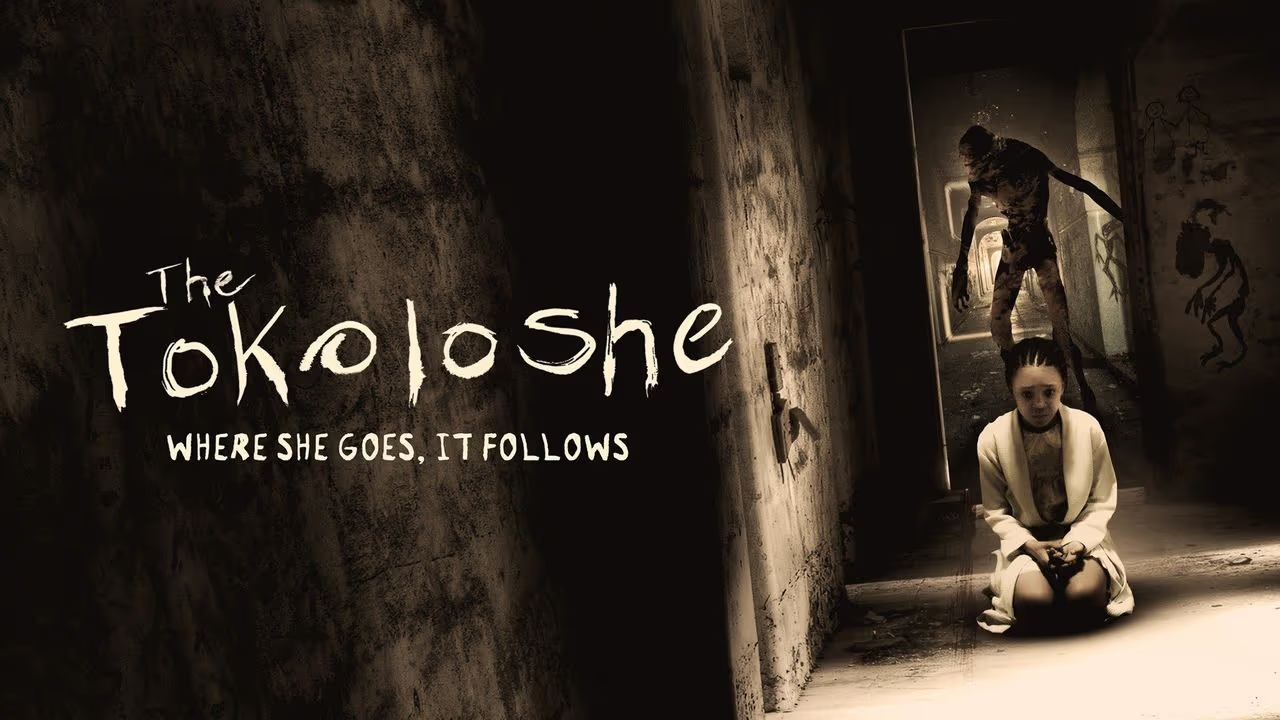
when Horror Yearbook – The Tokoloshe sparks deep fear in Southern African communities. It represents something ancient, dark, and mysterious. Stories about the creature have endured for generations. The myth is shared across South Africa, Zimbabwe, and Lesotho. People speak of it in hushed tones, especially at night. It is described as a goblin or a dwarf-like monster. Some say it is hairy, with sharp teeth and glowing eyes. Many believe witches summon it for evil purposes. It reportedly attacks while victims sleep in their homes. Fear of it still influences daily life in rural areas.
The Tokoloshe legend began within traditional African belief systems. It is associated with witchcraft and ancestral spirits. Witches are believed to use it to punish enemies. Its creation reportedly involves dark rituals and spells. Some villagers claim it feeds on fear and chaos. Spiritual leaders tell of rituals to summon or remove it. Tales say the creature appears mostly at night. Children are warned not to speak its name aloud. Protection charms are used in homes to repel it. Cultural elders often explain illness or death through the myth.
“Read about: Spooktacular Nights: How to Host the Ultimate Halloween Party”
Descriptions of the Tokoloshe vary slightly by region. Most say it is short, hairy, and terrifying. It may have a long tongue and glowing red eyes. Some legends say it becomes invisible at will. It uses its invisibility to attack unnoticed in the night. Victims report strange dreams, choking, or paralysis. The creature can allegedly cause illness or death. Supernatural strength is also attributed to the Tokoloshe. Some accounts describe it as moving quickly and silently. It enters homes by crawling under doors or through shadows.
Families use creative methods to avoid Tokoloshe attacks. People raise beds on bricks for protection. Many believe the creature avoids elevated beds. Most homes avoid sleeping directly on the floor. Families lock doors tightly and shut all windows. Residents place ash and herbs under the bed. Healers perform rituals to clear haunted homes. Families blame nightmares and illness on its presence. Some households move entirely after a direct encounter. Fear influences how people design and arrange homes.
Despite science and modernity, belief in the Tokoloshe remains. Reports still appear in newspapers and social media. Mysterious deaths are sometimes linked to the creature. Traditional healers still get called for spiritual cleansing. Schools and churches occasionally mention the myth. People discuss sightings on radio talk shows and forums. Young people share stories online and through art. Television shows reference it to attract attention. Songs and urban legends continue to spread fear. It remains embedded in modern Southern African consciousness.
“Read more: Sedentary Childhood: The Fall of Outdoor Play in England”
Films present the Tokoloshe as a true horror icon. South African filmmakers adapt the legend into terrifying scenes. Documentaries explore its cultural impact and psychological reach. International viewers admire the frightening and mystical lore. Artists create paintings and sculptures inspired by the creature. Comic books and digital shorts feature the Tokoloshe in dark stories. Horror fans now recognize it across global audiences. YouTube creators retell eerie Tokoloshe encounters in new formats. TikTok videos dramatize sightings and village warnings. Pop culture keeps expanding the reach of the legend.
Communities seek help from sangomas during spiritual crises. They burn herbs and smoke to drive away evil forces. People place salt, ash, and roots near entrances for protection. They inscribe protective spells on doors and windows daily. Residents spray holy water inside their homes every week. Rituals include prayer, sacred songs, and ancestral offerings. Modern homeowners also hide charms in closets or corners. Villagers rely on these methods to stop spiritual harm. They treat protection as a spiritual and physical necessity. Families perform rituals carefully to restore inner harmony.
Experts explore links between Tokoloshe tales and anxiety. Sleep paralysis cases often connect with this legend. Night terrors increase where belief in Tokoloshe remains strong. Fear of witches heightens the psychological impact. Some psychologists include folklore in their therapy sessions. Cultural trauma influences how people express symptoms. Families report relief after completing spiritual rituals. Belief in the Tokoloshe shapes how illness is understood. Cultural literacy helps therapists grasp deep-rooted fears. Healing blends both mental and cultural practices.
The Tokoloshe is not just an old tale. It lives on in daily conversations and news reports. Rural and urban communities still mention the creature. Some say its appearance means great misfortune is near. Parents use the story to discipline and warn children. Schools may host cultural days to explain such folklore. Young people reinvent the myth with digital storytelling. New meanings emerge with every generation’s retelling. The fear, though old, remains deeply personal and vivid. The Tokoloshe continues to haunt the imagination of millions.